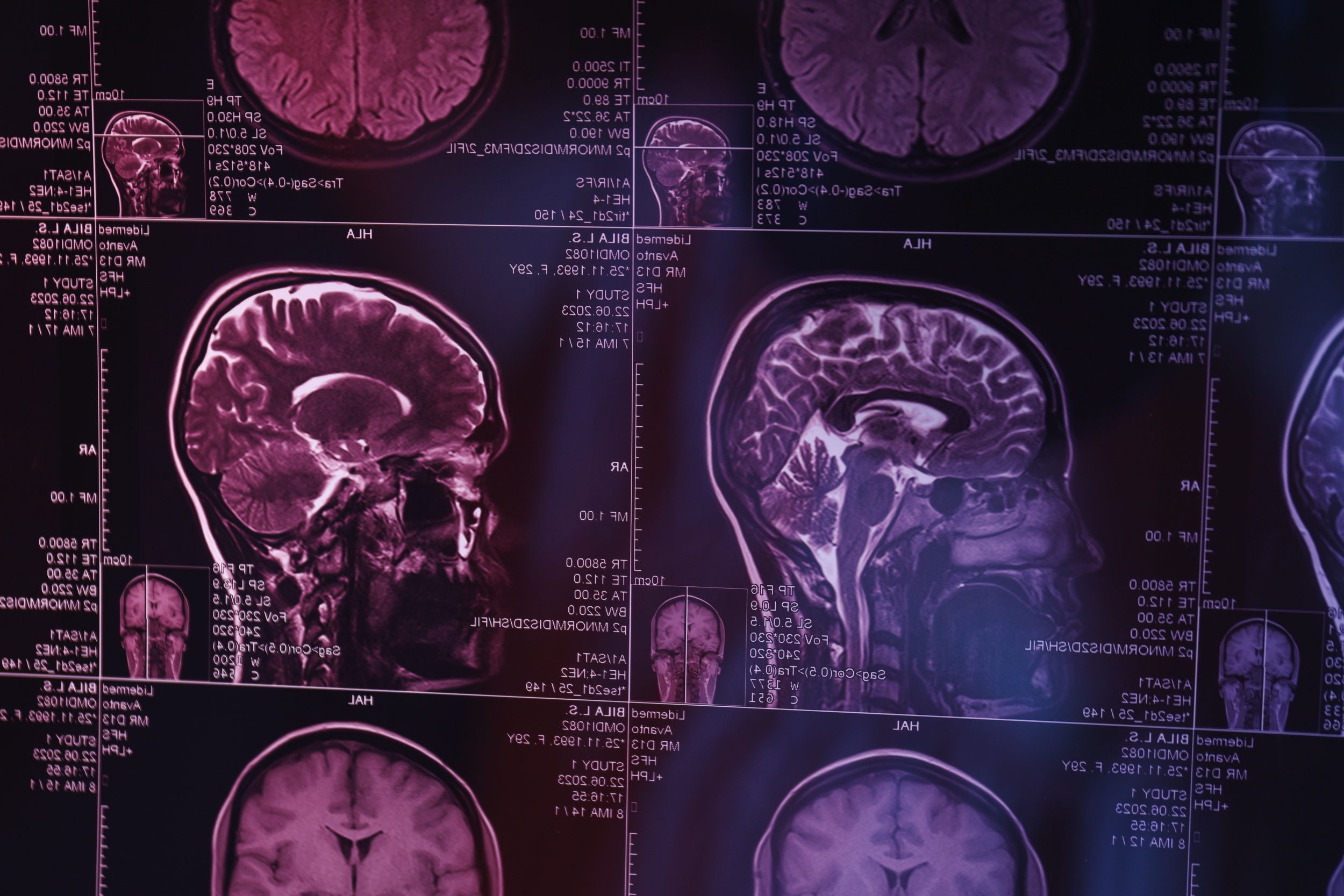40Hz Alzheimer’s therapy uses precisely pulsed sound and light to nudge the brain’s gamma rhythms—signals tied to attention, memory, and neural coordination. Early studies suggest that entraining these 40Hz waves (often called GENUS) may reduce Alzheimer’s-related markers and support cognition in animals, with promising early human data, too.
Why 40Hz matters
Alzheimer’s does more than create plaques and tangles, it disrupts brain rhythms. In AD, gamma activity (30–100 Hz) declines. By externally tuning the brain at 40Hz, researchers synchronize neural networks. In models, this has been linked to less amyloid burden and better microglial responses; preliminary human work reports changes in connectivity, sleep, daily activity, and memory performance after daily 40Hz sessions.
Hear more about it in our latest episode on Spotify.
How the therapy is delivered
- Light + sound together: Headphones and specialized light sources pulse at 40Hz to drive gamma entrainment; pairing stimulation with simple cognitive tasks may strengthen the effect and help it reach deeper regions like the hippocampus.
- At-home feasibility: Early devices and apps aim to make daily therapy practical, though long-term safety, intensity, and duration still require larger trials.
Knowledge is power: understanding non-drug options expands your choices. If you want a broader context for environmental factors, see our recent explainer on glyphosate and Alzheimer’s and how to protect brain health: https://www.frequencyfoundation.com/2025/07/25/glyphosate-alzheimers-disease-link/
What the evidence suggests (so far)
- Animal studies: 40Hz stimulation reduced Alzheimer’s-associated markers and improved cognition in mice; effects can wane without continued sessions, underscoring the need for ongoing protocols.
- Early human data: Small, early-phase studies report less ventricular dilation and hippocampal atrophy, better functional connectivity, and gains on memory tasks after 3 months of daily 40Hz audiovisual therapy. Early studies show encouraging adherence and short-term safety, but researchers still need larger, longer trials.
Sensible next steps, your choices
- Stay curious, stay cautious: 40Hz is non-invasive and promising, but still emerging science. Discuss options with your clinician, especially if you’re considering at-home devices.
- Pair stimulation with daily habits: Cognitive games, sleep optimization, movement, and metabolic health can amplify brain resilience and may complement 40Hz entrainment.
- Track what matters: Simple sleep and activity metrics help you evaluate changes over time while research matures.
The bottom line
Researchers continue to write the 40Hz Alzheimer’s therapy story, and early results look hopeful. When you understand the science, you can choose with confidence: whether that’s exploring non-pharmacological options, optimizing daily routines, or combining approaches as evidence grows.
Ready to explore a personalized plan?
We help you translate cutting-edge research into daily action, safely and practically. Book a consultation to discuss whether 40Hz strategies, cognitive training, sleep tuning, and frequency-based support fit your goals.
